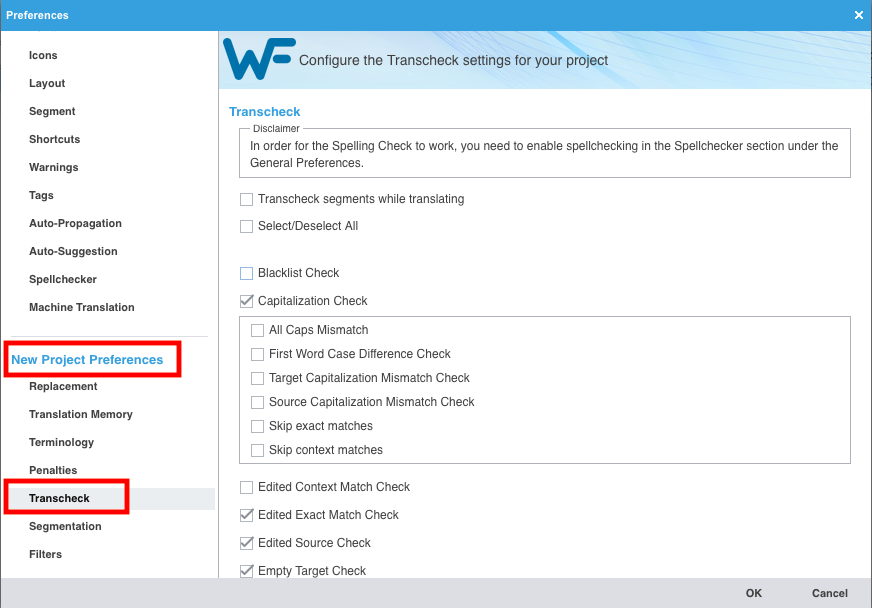

All you have to do now is to make sure that each Heading style is updated to match the selection and all your headings will now have a chapter number. This should add a number to your headings. Format your list as you like and then hit “OK”. So, Level 1 is mapped to Heading 1 – English, Level 2 is mapped to Heading 2 – English, etc. Match the Levels to the Heading Styles and make sure none of the default heading styles are mapped to avoid any issues. Select a Heading 1 – English style in your text, go to the Multilevel List icon and select “Define a New Multilevel List”. In this case, you’ll use the Multilevel List option to set up a number format for each Heading Level. The method is very similar to updating styles that match a selection, as mentioned earlier.

Since we have set up a unique set of English Heading styles that are based on the standard set of Heading styles, we can start adding a new Multilevel List that is linked appropriately to each level Heading style. However, chapter numbers are probably best dealt with before translation. So far, in our experience, it seems that numbered lists can be fixed after translation. Table of Contents are also numbered but we’ll have that figured out by separating out styles. Two main instances of automatic numbering that we will deal with are numbered lists and chapter numbers. Separating styles can also help you with more advanced features that we will not handle in this post.Īutomatic numbering is a major pain in bilingual tables. We’ll apply these steps to the translation as well to create a unique style set of the translation so that they cannot be confused. Splitting up styles per language is an important step in creating many style-driven features in Word. Table of Contents are not flexible in set up once created so it is best to create one unique TOC for each language based on the unique style set after translation. However, it’s best to leave out the TOC altogether in preparation for translation. We’ll use this style set to create the TOC that matches the layout of the English. This sets up your English document with a unique style set that is a duplicate of the Heading styles that you have set up. Once selected, you can change all of these to the duplicate “English” Heading style by simply clicking on that style in the banner. Once you’ve created the duplicate style, go back to the Heading 1 in the Styles banner and right click and select “Select All # Instance(s)”. So, for instance, for Heading 1 style, select a header with that format and add a new style by clicking on “Save Selection as a New Quick Style” in the drop-down menu. Even if you have not set it up with Styles yet, first set up your document using the default Heading 1, Heading 2, etc and set it up to your liking.īefore translation, it’s best to create a unique set of styles for your English content based on the Heading styles that are in use.

This tip assumes your English document is already set up with Styles. So, if you use styles to create a Table of Contents or want to use styles to format text of similar styles uniformly for each language, you’ll have to create separate style sets for each language. However, Word cannot cover one unique index for each language by using the same styles. Styles help out with creating automatic table of contents for instance. Here is the tricky part: working with styles. You may want to set up your document in a linear format, much like we use with setting up eBooks because the horizontal space is limited.

It also helps in figuring out any issues with formatting objects, such as images or tables that may take up too much horizontal space. That will give you an idea of the number of pages. One thing that you can do in preparation is to set up your document in landscape mode and cover the table for about half of the page to simulate the flow of the copy. By testing out the text in table format, you can see how the text flows and make edits before going to translation. You can remove the outline, but separating by paragraph marks in general ensures that the bilingual table will stay readable while maintaining an even flow in both languages. If you already have a document set up, convert the text to table separating rows by paragraph marks. Here an example of a layout converted to a table format that spans half of a page.įirst we start by setting up the English or source document for translation. Test out the layout in your source document to make sure you can anticipate formatting issues ahead of time.


 0 kommentar(er)
0 kommentar(er)
